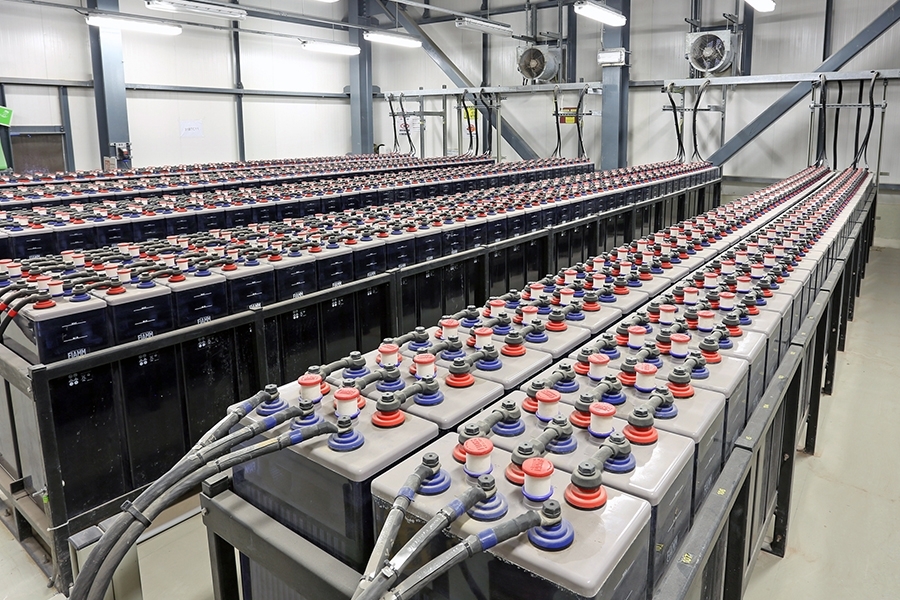
Best Practices and Guidelines for Battery Safety and Compliance
With the emergence of new battery technologies and advancements in existing ones, standards committees and safety code writers are working to develop best practices and establish minimum safety guidelines. These groups aim to keep pace with the rapidly evolving landscape of battery technology and ensure its safe and efficient implementation. H2scan’s Jeff Donato has published an article in Electricity Today Magazine about battery safety and compliance entitled, “A Primer on the Codes and Standards Governing Battery Safety and Compliance.”
This article explains how batteries are used in a variety of battery energy storage (BESS) applications. It delves into common utility market applications and how batteries are used to support operations. These applications include grid stabilization, renewable energy, microgrids and off-grid systems, grid resilience and backup power, demand response, peak shaving, and electrical vehicle integration.
The article also goes over the types of batteries that have been the primary choice for utility batteries over the years and the different chemistries that have proven beneficial for specific applications. The following types of batteries are discussed: lithium ion and lithium metal polymer batteries, flow batteries, sodium-sulfur (NaS) batteries, and lead-acid batteries.
Lastly, the article delves into the safety standards of these batteries, which serve as valuable resources for industry professionals and help promote safe and efficient battery usage. The article explains how building codes and hazardous mitigation plans (HMP) play a crucial role in ensuring the safety of battery systems.
Read the full article here: https://www.electricity-today.com/electrical-substation/high-voltage-test-equipment/a-primer-on-the-codes-and-standards-governing-battery-safety-and-compliance
